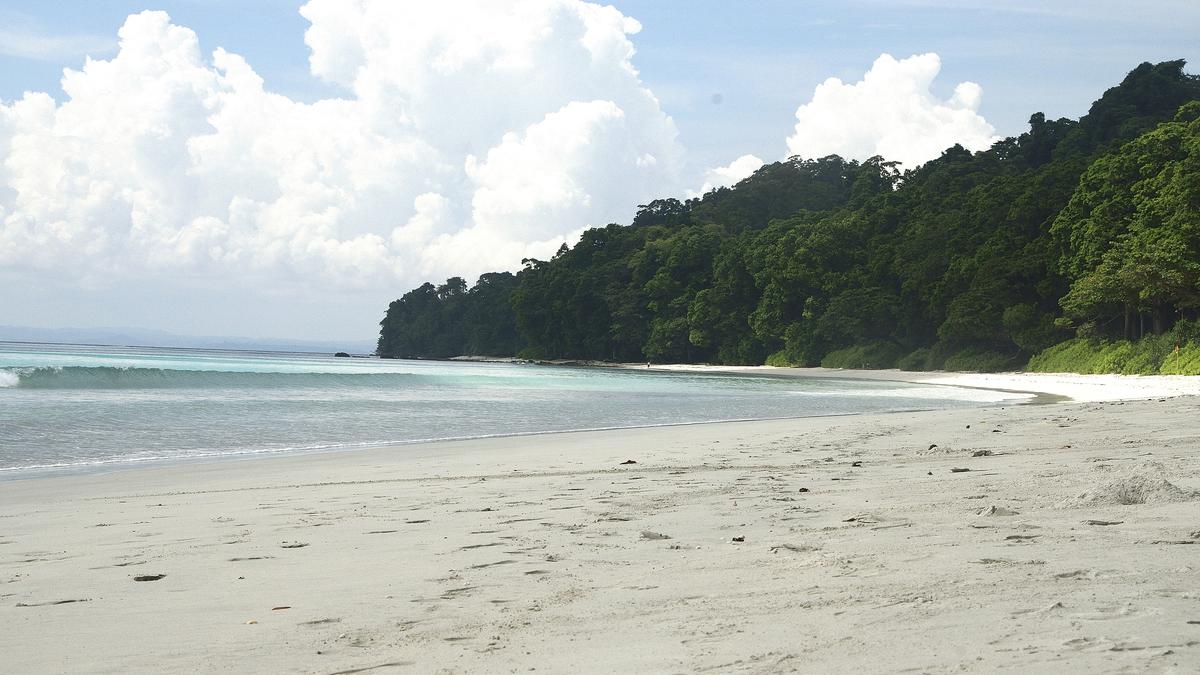Copyright thehindu

The Andaman and Nicobar Islands administration has prepared a map for the de-notification and re-notification of tribal reserve land for the Great Nicobar Island mega-infrastructure project, and will soon be finalising the sites for setting up towers in these lands. The administration has also said that transit accommodation to initially serve all Great Nicobar Island project staff has been constructed, and that a “Comprehensive Tribal Welfare Plan” is slated to be finalised by next month. The administration made a presentation to this effect to the Andaman and Nicobar Islands Integrated Development Corporation’s (ANIIDCO) Monitoring Committee overseeing tribal related matters for the ₹92,000-crore infrastructure project proposed on the Great Nicobar Island, which includes a transhipment port, an airport, a power plant, and a township. The project is being developed by the ANIIDCO, even as forest and environment clearances issued for the project are under challenge in courts and tribunals. In a meeting of the monitoring committee on tribal-related matters held in October, the Tribal Welfare Department of the islands’s administration noted that a Geographic Information System (GIS) map had been prepared for the denotification and renotification of land with help from the Forest Department. Additionally, sites for towers will be finalised after consultations with the Assistant Commissioner of Campbell Bay and the Andaman Adim Janjati Vikas Samiti, the administration body representing the Shompen people. Notably, any denotification of tribal reserve land for the GNI project requires that forest rights over it be first settled under the Forest Rights Act of 2006. This finalisation of maps for denotification comes even as the Calcutta High Court is hearing petitions challenging the administration’s claim that it had settled forest rights here as per law. In the October meeting of the monitoring committee, it was also decided that the Comprehensive Tribal Welfare Plan will include a “consideration” of the demand made by the Nicobarese Scheduled Tribe community to return to their ancestral land, from where they were first displaced due to the 2004 tsunami, according to minutes of the meeting. This demand has been at the centre of the Little and Great Nicobar Tribal Council’s opposition to the GNI project, through which they say that their ancestral villages fall within the project area and that forest rights for these lands had never been initiated or settled. The Nicobarese have maintained that they want to return to their villages, an issue that Leader of the Opposition in Lok Sabha Rahul Gandhi had written to the Tribal Affairs Minister over in September. The monitoring committee said that the decision to include this “consideration” in the tribal plan was in response to a representation from the Tribal Council sent on August 27 this year. Apart from this, the monitoring committee said it had also been decided to include data on tribal populations and settlements pre-tsunami period in the tribal plan. It also decided to incorporate the Nicobarese’s demands for “housing, farmland, employment, and compensation, along with social infrastructure and connectivity needs” in the tribal plan. However, according to the August 27 representation of the Tribal Council, seen by The Hindu, there is no demand for housing, farmland, employment, or compensation. In the letter, the Tribal Council called for road connectivity to their ancestral village, which involved extending the current road that goes to Indira Point. It went on to reiterate that, “we do not want any infrastructure to be located in the land demarcated as Tribal Reserve or any other areas that are/were in use by us and the Shompen community”. The Tribal Council had pointed to a previous letter, where it said that its agreement to set up basic infrastructure like roads “should not be considered as agreement to a large-scale project which involves destruction of forests and tribal areas”. The minutes from ANIIDCO’s monitoring committee meeting this October further noted that the government had also given in-principle approval for research proposals on Great Nicobar, including “Shompen Katha” for the ongoing financial year. The Tribal Welfare Department has added that timelines had been prepared for health, surveillance, and protection schemes and that identification of overlapping schemes had been completed.



